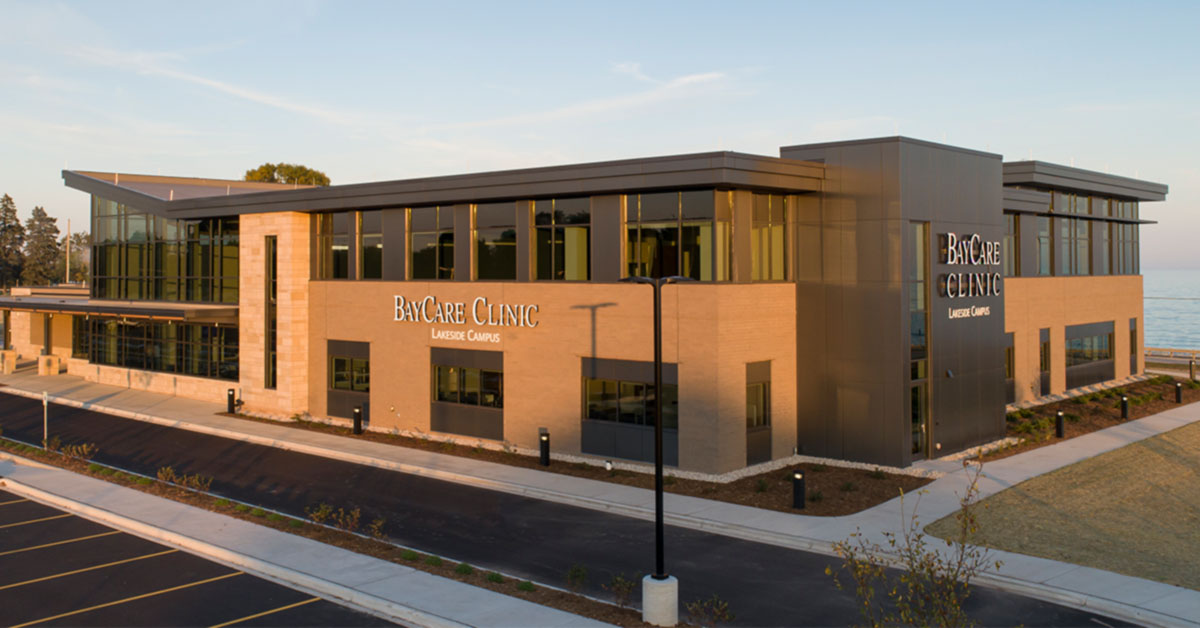Total Ankle Replacement
Orthopedics & Sports Medicine
Total ankle replacement surgery for chronic ankle pain and severe arthritis
What is total ankle replacement surgery?
During a total ankle replacement surgery, the surgeon removes damaged bone and cartilage from the ankle joint and inserts an artificial ankle joint. The new joint is made of custom metal components that replace the damaged bone, cushioned by a high-grade plastic that simulates natural cartilage to provide stability.
Our goal is to create individualized care plans to reduce pain, improve mobility, reduce the likelihood of further injury and return people to their normal activities as quickly and safely as possible.
Who is a candidate for total ankle replacement surgery?
The ideal candidate for total ankle replacement surgery has significant arthritis in the ankle joint, a damaged ankle joint or other painful ankle condition.
It is often recommended that treatment for ankle arthritis begins with nonsurgical options. Such treatments include medications, steroid injections, physical therapy and bracing. If those options fail, a total ankle replacement may be offered.
What are the symptoms of ankle arthritis?
The symptoms of ankle arthritis vary. In general, the arthritic ankle joint will be painful and inflamed. Other symptoms include but are not limited to:
- Pain while engaging in activity
- Tenderness around the joint
- Swelling, warmth and redness at the joint
- Ankle popping or crunching
- Morning pain and/or swelling
Ankle replacement vs. ankle fusion
Total ankle replacement surgery often allows people to enjoy a more active lifestyle than those who have a traditional ankle fusion surgery.
Before total ankle replacement technology existed, the solution for a damaged ankle was a fusion procedure in which screws and plates are used to set the ankle in a fixed position. Fusion helps alleviate pain but often compromises a patient’s natural gait and can create pain in other joints, such as the foot or the knee.
Ankle replacement surgery allows people to maintain their natural gait and range of motion, decreasing the potential strain on other joints.
What happens before total ankle replacement surgery?
Before total ankle replacement surgery, the surgeon uses CT scans to help create custom molded implants to replicate natural anatomy. This allows the surgeon to plan for surgery by adjusting the alignment of the ankle implant and planning to correct any deformity before surgery. The custom implant helps to ensure a tight fit, proper alignment and precise placement of the new ankle joint.
Benefits of this image-guided navigation and planning include:
- Greater level of detail for implant position, alignment and sizing before surgery
- Smoother, less complex surgery
- Less X-ray exposure during surgery
- Reduced time in surgery
- More bone preservation
- Increased mobility
What happens after total ankle replacement surgery?
Many people who have total ankle replacement surgery are more active because they are pain free. After total ankle replacement surgery, people maintain the range of motion needed to turn, flex, and walk up an incline. People can continue to enjoy many fitness activities, including hiking, biking and skiing. Running and jumping is not routinely recommended but depends on each person’s situation.
How long will an ankle replacement last?
Ankle replacements are durable. On average, they last 10 to 15 years before they begin to wear out. If the implant wears out, the next option would be decided based on the specific situation.
Our goal is to create individualized care plans to reduce pain, improve mobility, reduce the likelihood of further injury and return people to their normal activities as quickly and safely as possible.







